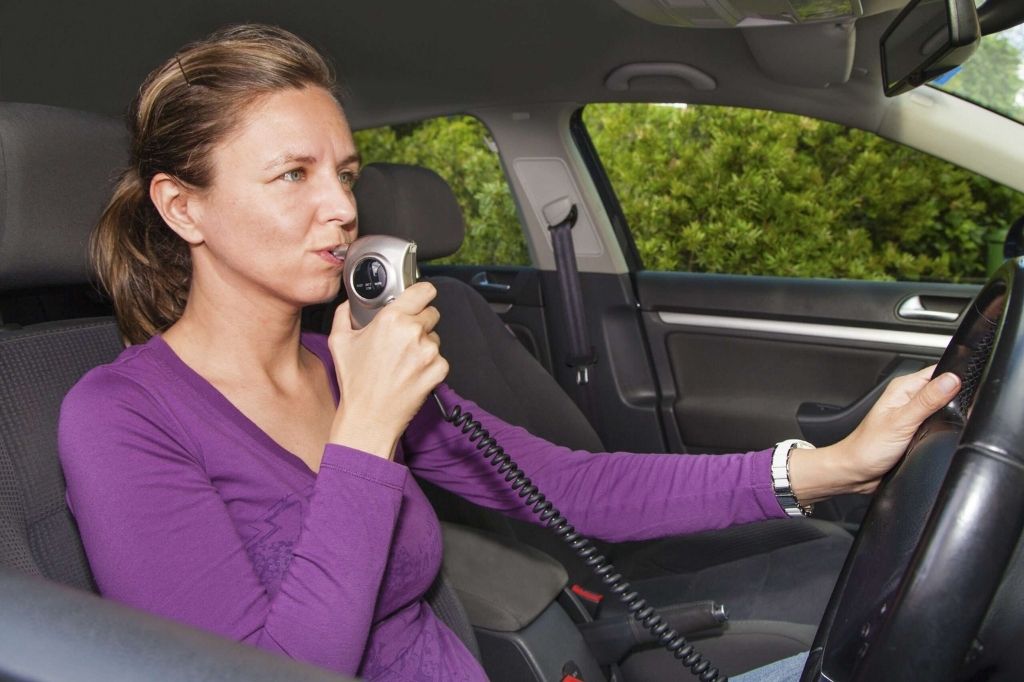So you’re driving, minding your own business, and then it happens; you glance down at your Intoxalock device and see a code. Your first thought: What the heck does “that” mean? It’s easy to feel lost when you see an unfamiliar code pop up, especially if you have no idea why it’s there. Understanding Intoxalock code meanings can make life with an ignition interlock device a whole lot easier (and less stressful!).
So, here’s a breakdown of common Intoxalock codes, what they mean, and what you should do if they pop up unexpectedly.
Code 1: Passed Test
Alright, Code 1; this is the one you want to see every time. When you get Code 1, it means you passed the test, no issues detected. Your breath test didn’t show any alcohol, so the car’s good to go. In short, Code 1 is the “all clear” signal from your Intoxalock. No need to stress here; just breathe easy (literally) and drive safely!
Code 5: Failed Test
Not as fun as Code 1, that’s for sure. Code 5 is what you’ll see if the device detects alcohol in your system, above the allowed limit. If this code comes up, your car won’t start. And yes, it can be a bit scary seeing this if you’re sure you haven’t been drinking. But there are actually some common reasons for getting a Code 5 that don’t have anything to do with alcohol consumption. Mouthwash, hand sanitizer, certain medicines… all these can sometimes trigger a failed test.

If you get a Code 5, wait a bit, maybe rinse your mouth with water, and try again. If it keeps happening, think about anything you might’ve used or eaten that could be messing with the reading. And remember, repeated Code 5s might end up being reported to authorities, so it’s worth sorting out any recurring issues quickly.
Code 8: Missed Test
This one can be annoying, especially if it was just a matter of bad timing. Code 8 means you missed a test, either the initial start-up test or a retest while driving. Now, ignoring a retest isn’t something you want to make a habit of; it’s part of the deal with an ignition interlock device, and repeated missed tests can lead to trouble.
If you see Code 8, try to make sure you’re paying attention to the prompts the next time around. It can take a while to get used to the device if it’s new, but keeping an eye out for those rolling retests will save you some hassle. A Code 8 here or there won’t ruin your day, but don’t let it happen too often!
Related Article: Intoxalock Failed Test
Code 11: Service Lockout
Code 11 is a step up in terms of urgency. This one means your device is in “service lockout,” so you won’t be able to start your car until it’s taken care of. There are a few reasons this can happen: maybe it’s time for a calibration, or maybe the device detected some issues that need fixing.
When you see Code 11, it’s time for a trip to your local Intoxalock service center. They can check the device, recalibrate it, and make sure everything’s in working order. Sure, it’s a bit inconvenient, but it’s better to deal with it sooner rather than later. Ignoring a service lockout could lead to even more codes, and nobody wants that.
Code 12: Violation Lockout
Code 12 isn’t something you want to see. This code signals a “violation lockout,” usually triggered by multiple missed tests or failed breath samples. Essentially, it’s the device’s way of saying, “There’s been a problem here, and it needs fixing ASAP.”
If you get Code 12, you’ll need to visit a service center. Unlike some other codes, you can’t just reset this one yourself. At the service center, they’ll review what caused the violation lockout and clear the code. It’s best to take care of a Code 12 quickly, as ignoring it can lead to more headaches down the road.
Code 15: Low Battery
Now, Code 15 is more of a friendly reminder than an urgent warning. When you see Code 15, it’s just the device letting you know that its battery is running low. For most people, this isn’t a big deal because the Intoxalock device typically runs off the car battery. But if you have a portable unit, you might need to keep an eye on its charge.

Either way, when Code 15 appears, check your battery or make sure your car battery isn’t running too low. A quick check can save you from dealing with more serious issues if the battery dies mid-journey.
Code 18: Calibration Required
Seeing Code 18? That’s the Intoxalock’s way of saying it’s time for a check-up. Calibration is essential for keeping the device accurate and functional. Without regular calibration, you might get more false readings, which can turn into a huge inconvenience.
If Code 18 shows up, book an appointment at an Intoxalock service center. They’ll reset and recalibrate the device, so you can keep driving without worrying about unnecessary lockouts or errors. Think of it like getting your oil changed; just one of those maintenance tasks that keep things running smoothly.
Editor’s note…
Understanding Intoxalock code meanings can make a big difference in how smoothly your experience goes. Knowing what each code stands for helps you stay proactive, deal with issues as they come up, and avoid unnecessary stress.
Whether it’s Code 1 (passed test), Code 5 (failed test), or one of the service codes like Code 11 or Code 18, each code serves a purpose.
If you’re ever unsure about a code, Intoxalock’s support team is there to help. Staying informed is your best bet for making the device work for you; not against you. Here’s to fewer headaches, safe driving, and hoping that you see Code 1 more than any other!







